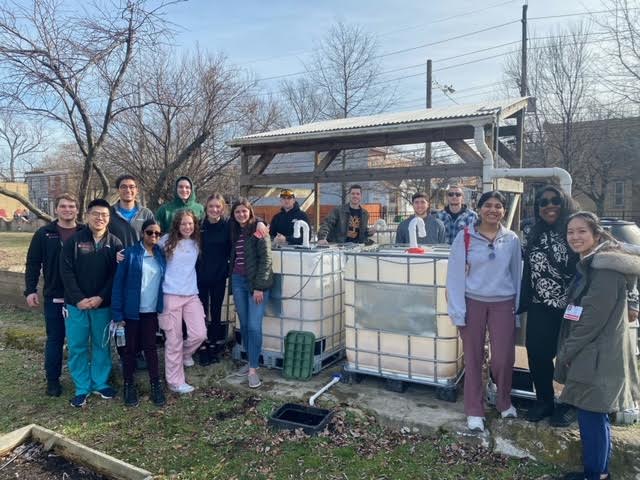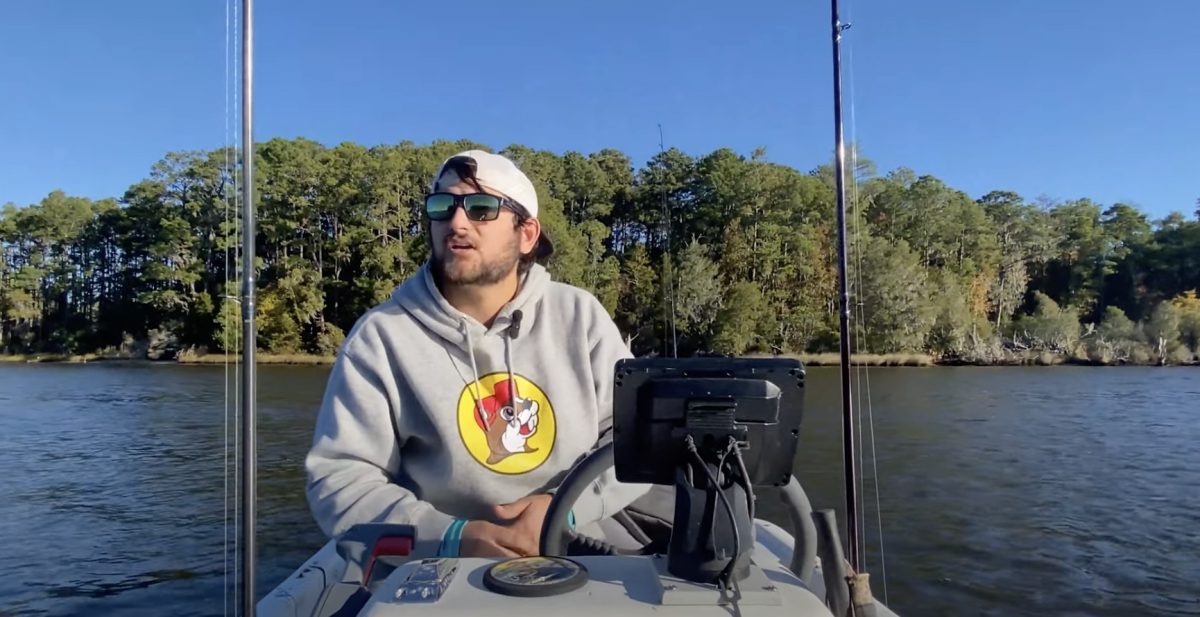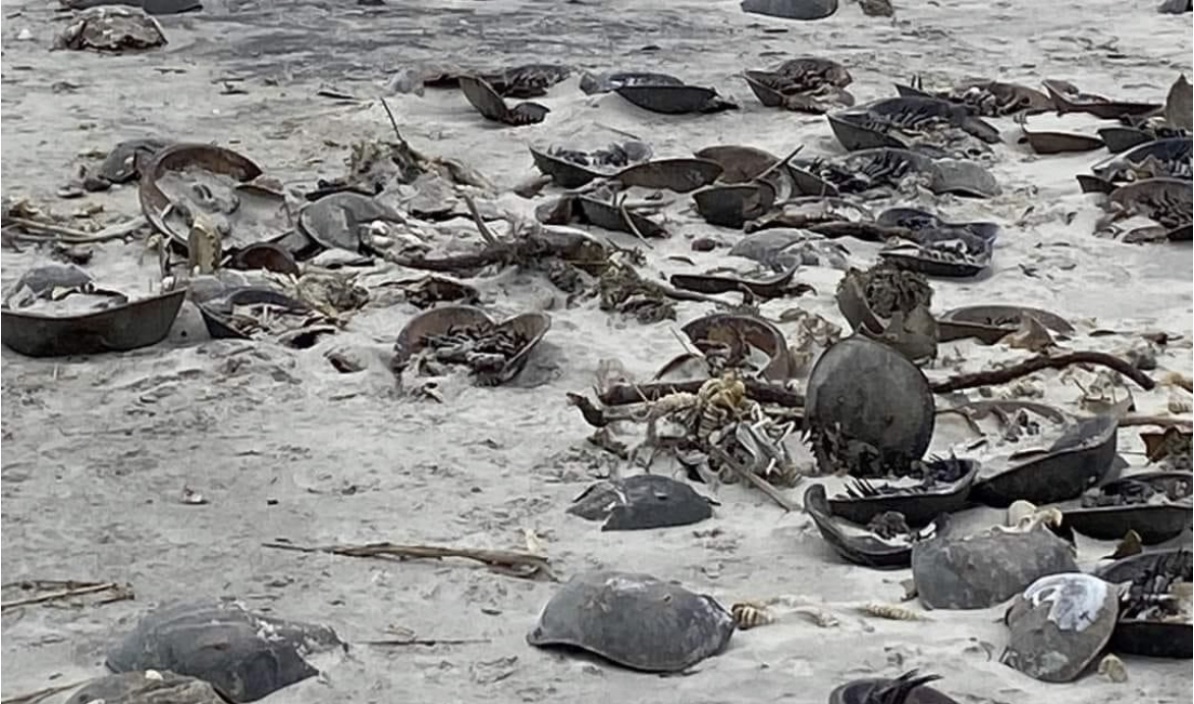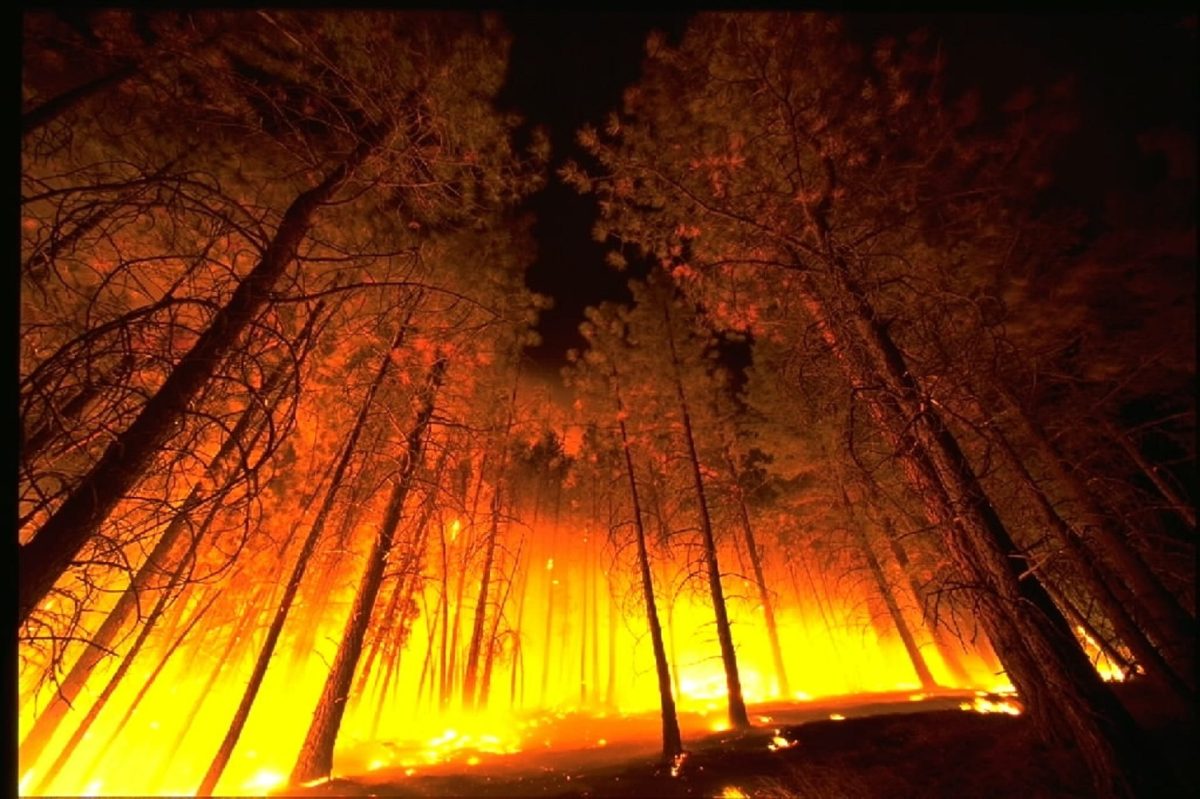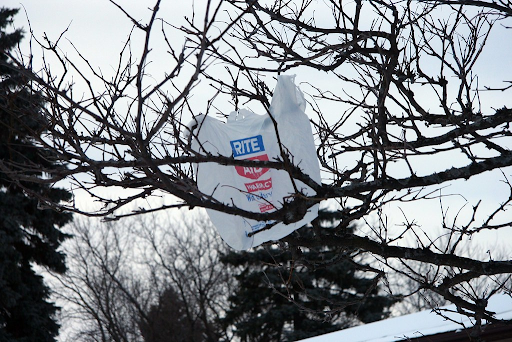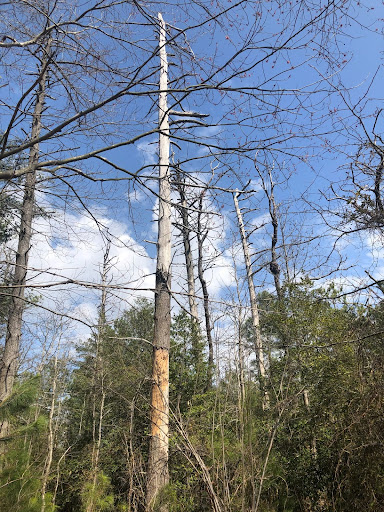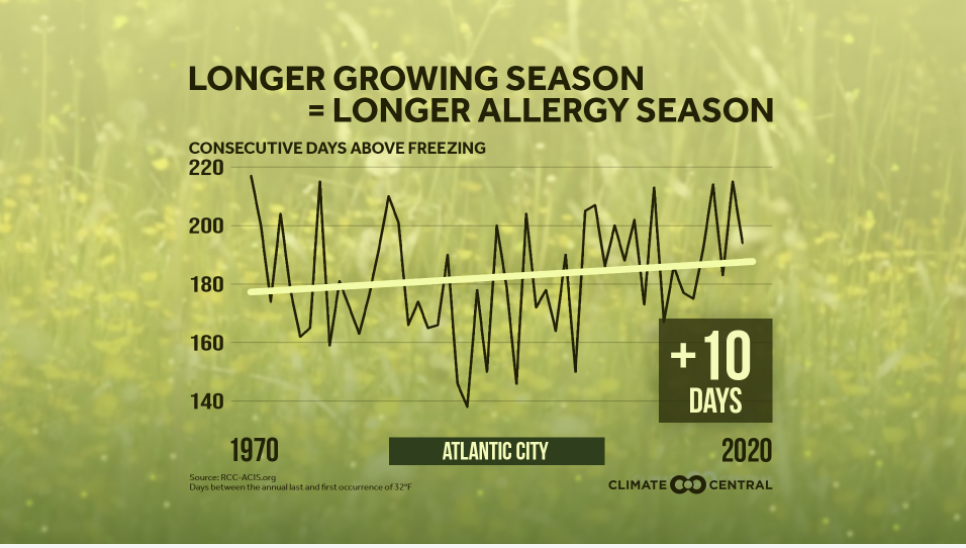By Bray’Jhon Wynn, Kallie Hanley, and Kamal Hendricks
The correlation between heat and outdoor sports is both significant and detrimental to specific individuals, including athletes, coaches, parents of athletes, and fans.
However, it is not only these people at risk, as anyone who performs strenuous activities or exposes themselves to severe heat conditions is at risk as well. Individuals’ daily walks or runs could quite literally be fatal. Consider how many people you know that are outside regularly, whether it be for entertainment, work, exercise, or anything outdoors for that matter.
The risk of outdoor activity is one of the many underlying issues involved with climate change. Climate change is “a change in the pattern of weather, and related changes in oceans, land surfaces and ice sheets, occurring over time scales of decades or longer,” according to science.org.au. It is best defined as variations in climate that persist for long periods of time.

Climate change is causing an increase in extreme heat and danger days, which directly affects those who like to participate in outdoor activities. Stress and sweat are two components that serve as a deadly duo linked to heat-related illnesses.
Heat-related illnesses happen because the body has a difficult time cooling itself down as a result of being challenged. For example, the weather and insufficient levels of fluid or salt in the body because of sweating and dehydration have a huge impact on your body’s response. These illnesses can potentially increase as temperature and relative humidity increase.
An article on climatecentral.org states that, according to the Centers for Disease Control, “heat-related illnesses are the leading cause of death or disability among high school athletes. During hot, humid weather, sweat cannot evaporate as easily from the skin, so athletes are at greater risk of developing illnesses such as heat exhaustion and heat stroke – the latter being potentially fatal.”
Heat exhaustion and heat stroke are possible outcomes of extreme heat, and there are a variety of heat related illnesses that could potentially come about. An article on niehs.nih.gov states that “prolonged exposure to extreme heat can cause heat exhaustion, heat cramps, heat stroke, and death, as well as exacerbate pre-existing chronic conditions, such as various respiratory, cerebral, and cardiovascular diseases.”
Moreover, the high heat index is only increasing as time goes on, which would create an increase in death and disability in high school students as a result of these future poor weather conditions.
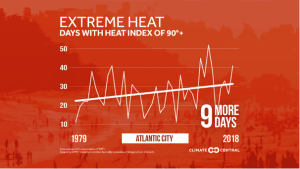
Depicted to the right is a graph of extreme heat index in Atlantic City. On climatecentral.org, you are able to select a location given as an option in New Jersey, which then gives you a graph depicting the extreme heat index impacting outdoor sports in that specific area. Atlantic City was an option, so you can see that South Jersey is and has been affected by this issue for a long time and it is only getting worse.
Shown above, we see the dangerous duo of extreme heat and outdoor sports is not only an issue in South Jersey, but many locations are experiencing these potentially fatal days ahead and they have only gone upward through time.
“The increased intensity and frequency of high heat index days are also complicating professional and amateur sports events around the country. The July heatwave that affected Midwestern and Eastern states led to the cancellation of the New York City Triathlon, a number of running races, as well as horse races in New York, Maryland, Pennsylvania, and Kentucky,” according to climatecentral.org.
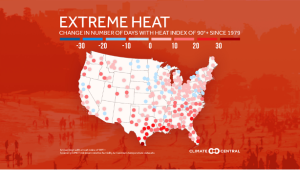
It also is clear and evident that heat is the leading cause of weather fatalities in the United States.
Former Fordham University football player and now certified personal trainer, Marcus Fulmore, said everyone needs to protect themselves from high temperatures related to climate change.
“My view on climate change is that it is real and not just athletes, but everyday people have to properly prepare themselves by staying hydrated and knowing when enough exercise is enough for the day,” Fulmore said.
“Personally, I have dealt with overheating because I played football,” he said. “There have been times where I got lightheaded from the sun beaming down on me while working out with all my equipment on, so I had to substitute out and fuel up to get back out there.”
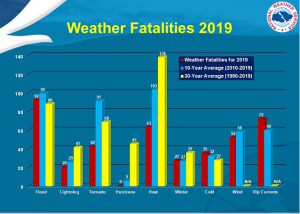
He added: “I motivate all athletes and even everyday civilians to stay active, but to also know your body and know when to give it rest. You don’t want to pass out or have worse things happen because you went too hard or didn’t have enough fluids in your body.”
A certified licensed athletic trainer for nearly 20 years and head athletic trainer at Rowan, Colleen Grugan, said she has experienced multiple heat-related illnesses and they have been some of the most life-threatening conditions she has had to handle.
“A quick Google search will show you that each year student athletes die due to heat illness, it is one of the leading causes of death in the athletic population. So yes, heat illness is a detrimental situation for all of those involved in athletics,” she said.
Grugan explained that heat-related illness has been a top priority in the sports medicine field for many years and almost every governing body has a policy or procedure on heat illness, from NCAA to NJSIAA. Two leading organizations, the National Athletic Trainers Association and the Korey Stringer Institute, expose us to ways to prevent these illnesses as well as how to treat them, she said.
Grugan described Rowan University’s way of handling this issue. The athletics staff communicates on a regular basis during the hot months about weather conditions. They also monitor the Wet Bulb Globe temperature every hour during the hot months, so staff know when to cancel or change practices as needed. Grugan added it is also kept in mind that the mid-afternoon is usually the hottest part of the day, so staff avoids scheduling practices during that time.
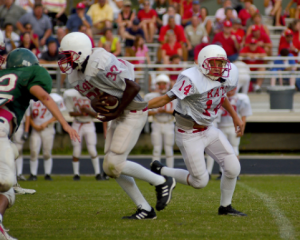
With the football team, staff will modify practices including what the athletes wear. When the Wet Bulb Globe temperature rises, they will have the players practice without helmets or shoulder pads to decrease the heat their body holds in.
Grugan feels that educating the players about the proper clothing, hydration, and food consumption also helps. Several of Rowan’s teams also do body weight measurements daily in order to calculate fluids lost and if athletes are not back to starting weight, they are not allowed to practice the next session.
She also believes that deaths from heat-related illnesses are completely preventable if the proper precautions are taken and then if a student athlete begins to show signs, that proper care is given.
“The most important part of the care of heat illness is cooling the patient down,” Grugan said. “Throughout the hot months and almost all the time, we have cold whirlpools that are ready in case of emergency. Once you recognize that a patient is in heat distress the proper protocol is: cool first, then transport. Meaning, the licensed health care provider on site should activate the emergency management plan, call 911, and cool the patient immediately.
“Immersion in a cold whirlpool is the gold standard of care for these patients,” she added. “Once the patient’s body temperature is lowered they then can be safely transported to the nearest emergency room for follow up care. They should not be taken via ambulance until their body temperature is lowered.”
A former Palmyra High School student, who wished to remain anonymous, said she has had personal experience involving hot temperatures and sports.
“I ran spring track in high school and there was this one day, which just so happened to be the hottest day of that entire spring, where I passed out in the middle of practice,” she said. “What’s weird is that I was drinking the same amount of water as I normally drink, yet when I got to the hospital the doctor told me that I was dehydrated. It was then that I found out on days like this, you should be drinking a little more water than you’re used to.”
“There have been multiple reports of people suffering from dehydration as well as heat exhaustion, which could potentially kill you and sadly that has been the case for some people,” she added.
The former track athlete added that she believes illnesses can be prevented. She is now studying at Pennsylvania State University and was recently involved in projects to help the school cut greenhouse gas emissions in half.
“For starters, we need to convince more people that this is a real issue,” she said. “Somehow there are still people who believe that climate change and global warming are just chatter. So, we initially have some convincing to do. The next step is to do things like take public transportation when possible and reduce the amount of pollution caused by factories. You know, basic things that we learned in middle school. Every little step you take is a step closer to fixing climate change issues.”



